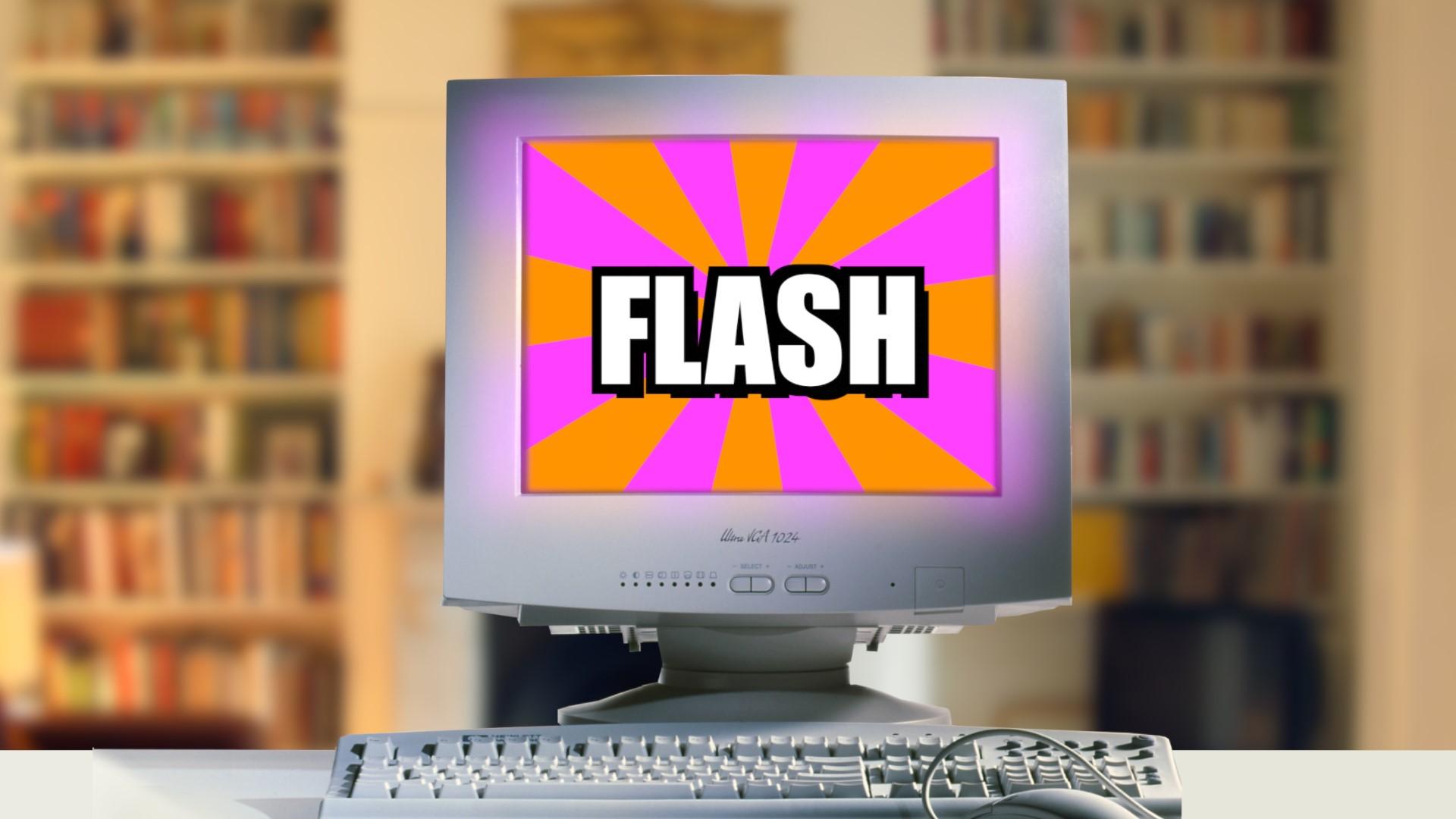Flash banner ads banished by Google
- Published

Flash is often associated with garish animated advertisements
Google is to banish most ads built in Adobe Flash from its advertising networks, the company has announced.
From 30 June, its AdWords and DoubleClick networks will no longer accept new "display ads" such as banners built in Flash.
From January 2017 it will stop displaying Flash ads on websites - but some video ads built with Flash will still be accepted.
Google said it wanted to "encourage" advertisers to switch to HTML5.

Banner ads are typically wide horizontal strips across a website
Today, immersive websites and streaming video can be delivered using HTML5 - an open-source coding language that works across all modern web browsers and devices.
Adobe Flash is a proprietary technology that can be added to web browsers to enable animations, interactivity and streaming video on websites.
It was first released in 1996, at a time when the web was largely static.
But the software has been plagued by security problems, and has been criticised for affecting computer performance and battery life.
How long will Flash survive?
Flash failed to make a successful transition to mobile devices, so websites that rely on it do not work as intended on smartphones and tablets.
Google's advertising networks AdWords and DoubleClick place promotional content on more than a million websites.
The company said: "We've rolled out tools to encourage advertisers to use HTML5, so you can reach the widest possible audience across screens."
In August, online shopping giant Amazon announced it would no longer accept Flash ads on its website.
The BBC is currently working to move its video streaming service iPlayer away from Flash too.
Adobe has developed its own HTML5 tools to help developers produce content that works across most modern devices.
But the company said it would support Flash as long as customer demand remained.
In November, it told the BBC: "Until alternative technologies accommodate all our customers' needs, for example in delivery of HD video content on the desktop, we will continue to support Flash."
- Published13 November 2015
